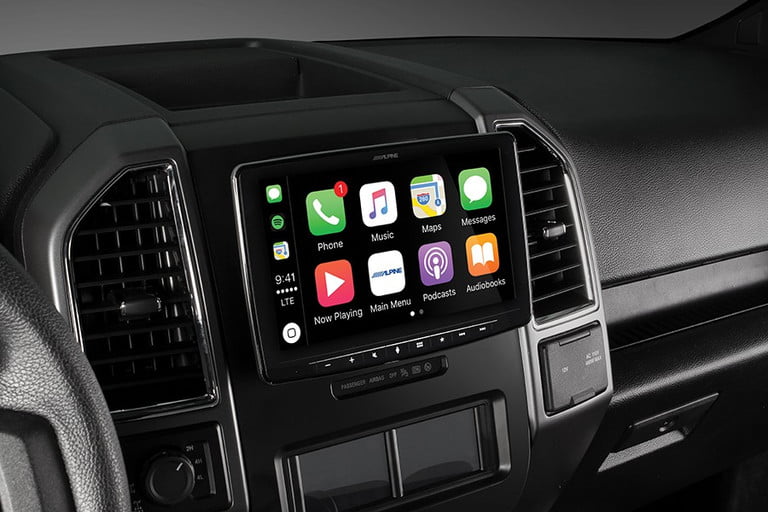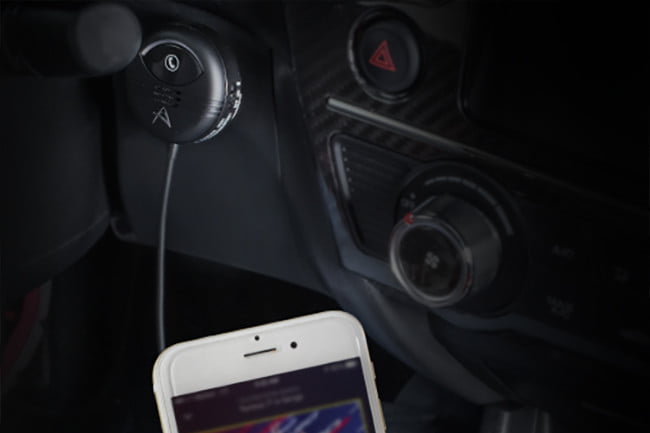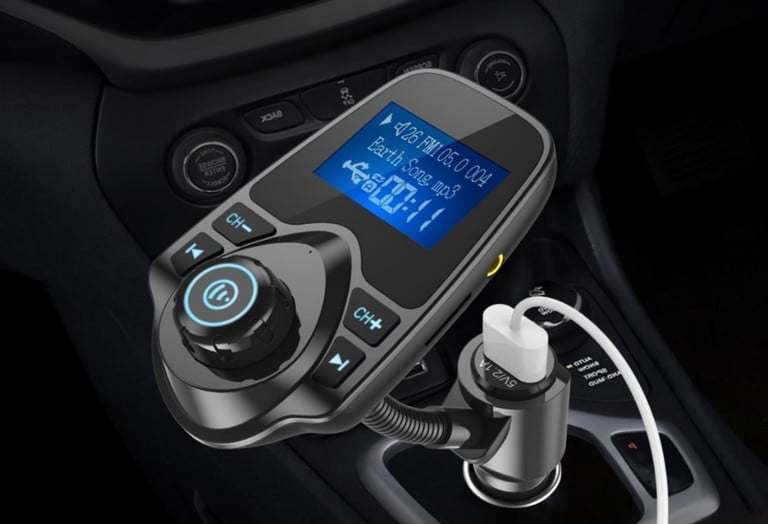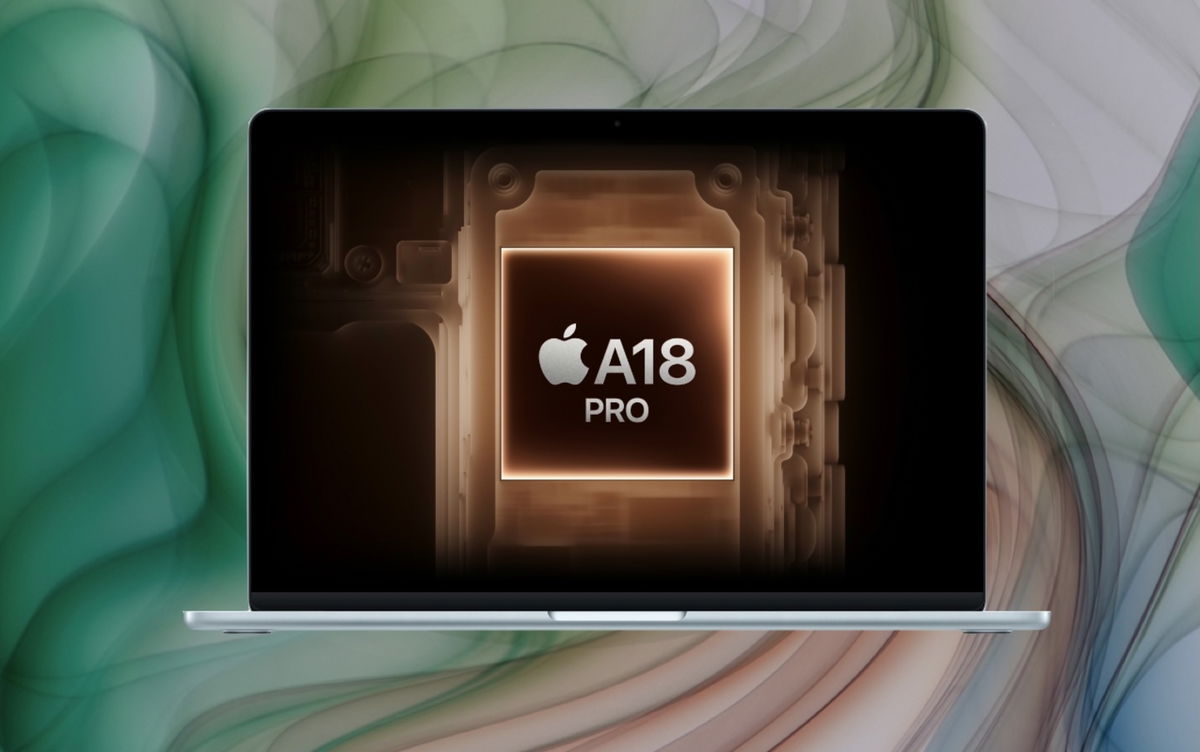Every new car that hits the market is equipped with the latest technology, but it’s also easy to upgrade an old car with advanced features. In case you didn’t know, many aftermarket companies allow owners to enjoy the benefits of connectivity and some safety features without having to buy a new car.
Bluetooth is a great example of this: it’s been around for years and used to be an expensive option only offered in expensive cars, but today it’s become a cheap and easy-to-use upgrade in any car, regardless of age. or value.
Developed in the 1990s by engineers at the Swedish company Ericsson, Bluetooth is a specification that “enables the transmission of voice and data between various devices via radio frequency communications in the 2.4 GHz ISM band.” His invention facilitated communication between mobile computers by eliminating cables and connectors, and allowed the creation of small networks designed to synchronize data between personal computers.
universal systems
If you don’t like cutting, splicing, and splicing cables, the easiest way to get car Bluetooth is with an all-in-one kit like the iClever Himbox Plus. The equipment works in almost any vehicle due to the fact that it includes a speaker and a microphone. Such systems are attached to the visor or can be installed anywhere using suction cups or tape.
While practical, it has its pros and cons. On the positive side, the universal kits can be easily transferred from one machine to another. Unfortunately, systems that don’t connect to a factory radio cannot be integrated with the phone’s music apps. In addition, installing the device with adhesive tape can leave an unpleasant mark on the dashboard.
There are some generic devices that have access to an audio system and can add music streaming to their list of features, but they require a slightly more complicated setup process. As a rule, they have a cost of 15 to 30 dollars.
After Sales Teams

Replacing your stereo system is a great option for those who want the maximum variety of features. This process takes work, but most devices come with instructions that are easy to follow. With patience, the right tools, and a couple of hours, anyone could do the replacement. Many electronics stores offer in-car Bluetooth installations for around $100.
There are a wide variety of audio systems on the market. Thankfully, even the cheapest models have Bluetooth integration for hands-free calling. As you move up the price scale, they get features like music streaming, full smartphone integration (accessing phone apps from the radio screen), text message reading, and voice commands. There are even devices with Apple CarPlay or Android Auto.
The large supply on the market makes it very likely that you will find a radio that exactly matches your inventory cabin configuration in color and design. Prices start at $40 and can go up to several hundred. Brands such as Pioneer, Alpine, and Kenwood now offer many affordable options.
Special adapters

If you love your car radio and don’t mind literally messing up the wires, a Bluetooth car specific adapter is the perfect choice for you. Stores like Crutchfield stock a wide range of them.
These products have been designed specifically for the make and model of your vehicle, so they often offer optimal sound quality and clear installation instructions. If all you want is hands-free calls and music streaming, you don’t need to replace the head unit.
The time and complexity of installation will depend on the manufacturer, but in most cases the process begins with the removal of the head unit. Once the installation is complete, you will be able to make and answer Bluetooth calls through the factory system.
Aside from retaining the original aesthetic, these adapters are usually quite cheap, with an average installation cost under $100.
FM transmitters

Buying an FM transmitter is one of the cheapest ways to add car Bluetooth, especially if you have a model so old that it doesn’t have an auxiliary input. This is a phone-shaped device that plugs into the cigarette lighter and emits a signal.
To use it, you need to tune in to 106.3, for example, and it will listen to streaming music from your phone or MP3 player. Most of these devices also allow you to make hands-free calls.
You can get a good FM transmitter for less than $20. One of the brands is Nulaxy. This solution is affordable and does not require installation. It simply turns on and tunes to the desired frequency.
Those who travel long distances may experience slight inconvenience as FM frequencies vary by region. To solve it, it will be enough to change it, although it is not easy to find it in big cities.
Bluetooth receivers

This compact device plugs directly into the vehicle’s auxiliary input. After pairing with your phone, play music or phone calls through the speakers. It’s similar to an FM transmitter, but it doesn’t need a clear frequency to work, which means the sound quality is usually better.
The problem, of course, is that the machine needs an auxiliary input. Most of them work, but the device will not work in older ones unless you decide to upgrade to a Bluetooth car audio system.
The list of options on the market is almost endless, but most of them cost around $20. With its design and attributes, Mpow is one of the best. For example, when connected, users who have downloaded the Mpow mobile app can use it to find their car in a parking lot. It also allows you to keep two devices connected, which means you can transfer music from your iPod and receive calls on your iPhone.
*Updated by Daniel Matus May 13, 2020
Source: Digital Trends
I am Garth Carter and I work at Gadget Onus. I have specialized in writing for the Hot News section, focusing on topics that are trending and highly relevant to readers. My passion is to present news stories accurately, in an engaging manner that captures the attention of my audience.












